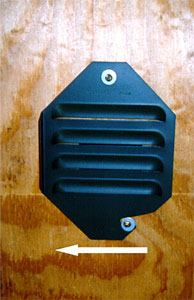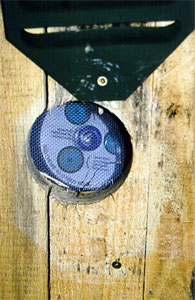The key factor with respect to deciding on the extent of corrosion protection for technical packaged goods is the period they spend in the transport packaging. This period generally corresponds to the transport time plus the storage time and the protective function of the packaging measures must therefore be guaranteed to last this long. If this planned period of time is exceeded, the inner packaging measures, such as the corrosion protection, must be inspected and supplemented when necessary. If the planned period of time that the packaged goods remain in the box is interrupted prematurely, the guarantee of corrosion protection is also null and void. Interruptions such as these often occur as part of the inspections carried out when packages are imported into certain countries. The box packaging is opened and any surrounding film is cut open in order to perform the inspection. In some cases, it therefore makes sense to employ a method of corrosion protection where the opening of packages does not represent such a critical situation. This could, for instance be the VCI method (see section 4.4.3). 3.1 Inspection mechanisms for protecting the packaged goods in the transport packaging If packaged goods are to remain in the packaging for long periods of time, it makes sense to check the internal climatic conditions at certain intervals, for instance within the surrounding film if desiccant methods are used. In cases such as this, it is possible to use humidity indicators to show the current relative humidity. To achieve this, the box must be fitted with a inspection flap in order to be able to read the indicator. See Figure 8.
Figure 8: Louvered metal sheet / inspection flap Figure 8 shows one way of performing an inspection using a louvered metal sheet that can be swiveled to one side and which at the same time ventilates the interior of the box. Other options for checking that the transport orientation has been maintained, and for monitoring shock loads and temperature/humidity conditions can also be realized using indicators or recorders. In the case of recorders, these devices can register conditions and any deviations from the norm inside the packages for the entire transport and storage period and can assign these events to specific times. |
| Top of pageContents |


